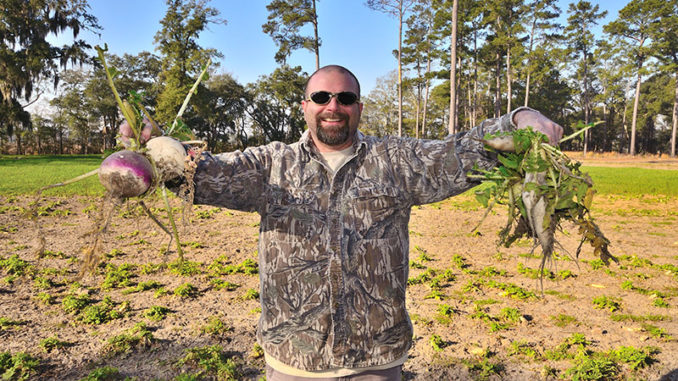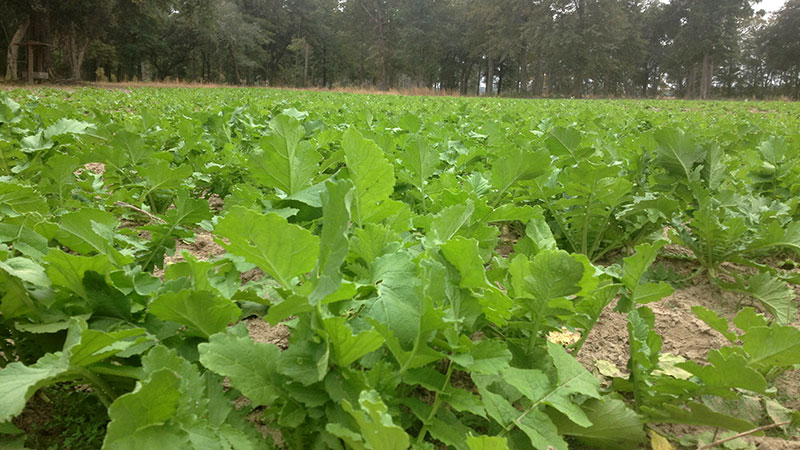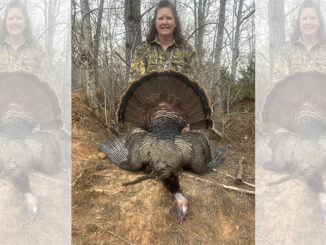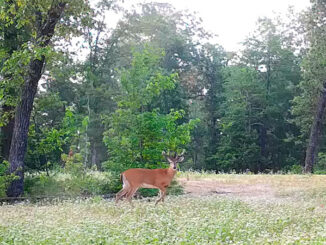
Wildlife food plantings are an important part of any land management strategy for wildlife.
Deer and other wildlife species need groceries 12 months a year to not only survive, but to thrive. And for deer hunters, wildlife plantings are an important aspect of herd health and also an attractant for the upcoming fall hunting season that is only a couple of months away in some game zones.
While most of the food plots are planted in either spring or fall, some summer plots can be established now. And planting them now can greatly benefit deer in the fall and winter season.
Most fall food plots are put in the ground by September and October. And most plots are planted with forage-resistant oats, winter wheat, and other fall mixes that offer immediate use shortly after emergence.
Quite often, landowners include brassica plantings in the early fall as well to provide an ample food source in winter and toward the end of the hunting season. But the brassicas, quite often, get ignored until after the season is over when the subsurface treats are palatable.
Kale, turnips, collards, cauliflower, radishes, mustard greens, brussels sprouts, bok choy, and broccoli are included in the family of vegetables known as brassicas. But turnip, rape/kale, and radish are the species typically planted for deer.
Deer will eat both the foliage and the tubers on brassicas. However, the foliage on most brassica varieties are bitter and non-palatable until after a hard frost. And sometimes deer don’t even eat them at that point. Brassica usage by deer varies on a national, regional, and local level for whatever reason. Some deer just don’t consume these plants much in some areas. But they demolish them in other areas. Deer can benefit from these plantings if and when they discover they contain tasty and nutritious exports.

The most beneficial part of brassica plantings are the oversized root tubers. The carbohydrate-rich roots are healthy and provide a solid, nutritional food source during the last month of the deer season and throughout the winter season. It’s a unique food option when many other fall food varieties in the woodlands, agriculture fields, and meadows have been depleted.
Again, most brassica varieties are planted in the fall. But these plants can thrive in the extended daylength and optimal growing conditions of the summer and early fall conditions. Even when planted early, hunters shouldn’t expect deer to use these brassicas until after the first, hard frost later in the fall and early winter.
Brassicas should be planted in limited areas of the food plot space to leave room for typical annual cereal grain plantings in September. And when the oats and wheat are decimated and begin to play out as night-time temperatures drop to near freezing, the brassica tubers will be full of starch and ready for consumption. Brassicas can be planted along the outer edges of food plots in 10- to 15-foot strips in areas of partial shade.
Brassicas grow the best in loamy, well to moderately-well drained soils and in slightly acidic conditions (6.2-6.8 pH). Typically, most brassica seeds are small and care should be taken not to overseed plots. Brassica plants need sufficient space to grow. A clean seedbed is preferred and seeds should be covered and pressed down with a cultipacker as well for the best seed-to-soil contact.
Brassicas planted in the mid-summer can be an added twist to a typical food plot plan and should be considered as a supplemental food plot option for a property.





Be the first to comment